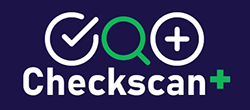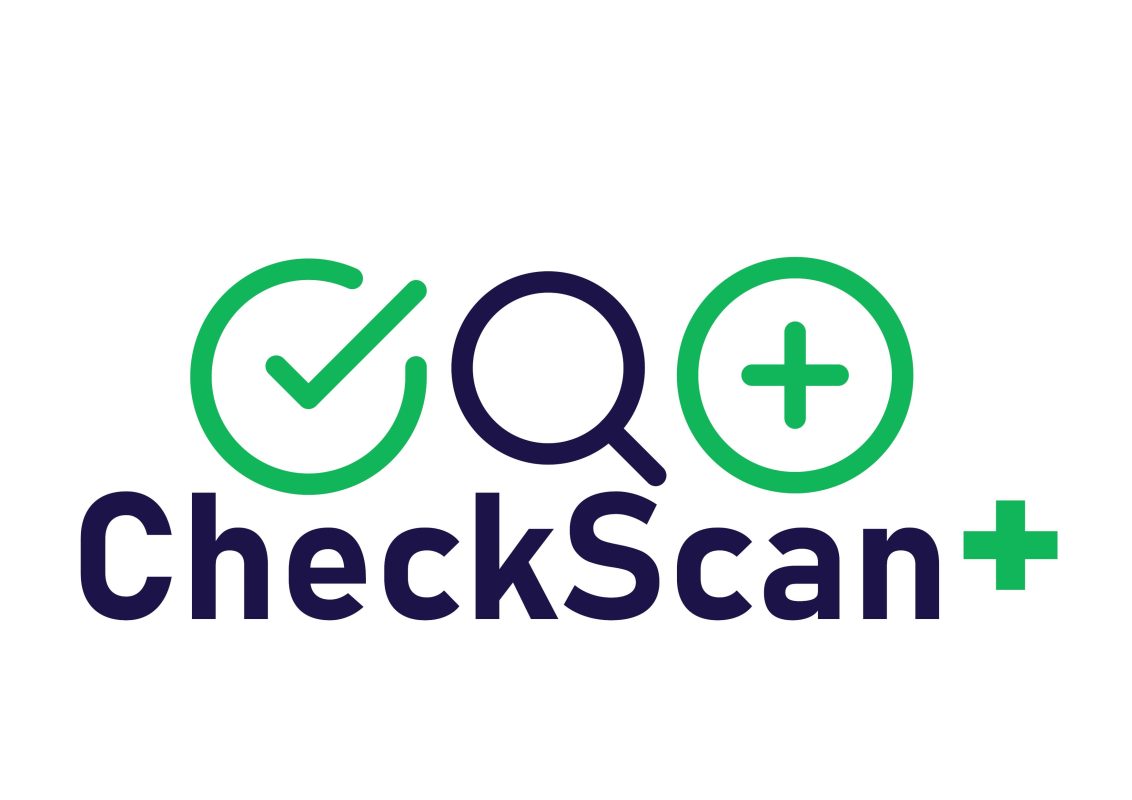Checkscan+ Technical Director John Killilea answers some important questions on the topic of vulnerability scanning.
What is CheckScan+?
It’s a managed vulnerability scanning service that is supported by our experienced pen testers and security analysts and it uses industry leading application and infrastructure scanning technology.
We deliver verified reports from our pen testers and security analysts and then we can also run adhoc scans such as for the log 4J vulnerability.
What can we test so we can test?
We can test a wide range of things like external websites, web applications, APIs, and external infrastructure such as web servers. We can also scan internal web applications UAT and development environments and internal infrastructure such as with server’s network devices and we can do all of this from one Central console.
Some common questions around vulnerable scanning:
- So what is a vulnerability scan? it’s a method of identifying security weaknesses and flaws and systems and the software that’s running on them.
- How often should you scan for vulnerabilities? I suppose as regularly as you can or as budget permits. The reporting maybe every 30 or 90 days is ideal. Statistics have shown that it only takes eight days on average for an attacker to exploit a known vulnerability after its released.
- Does your scanning tool provide the coverage you need? Well different tools can scan different things so it’s about looking at what your tool can do does it cover applications infrastructure and because you need something that can kind of cover everything in your I.T environment.
- DAST is a kind of a term mentioned quite a bit and suppose how does it relate to vulnerability scanning? DAST is a broad term that describes a testing of a running instance of an application and let’s test it and probe it using real traffic and requests and I suppose vulnerability scanning would fall under that in terms of scanning those applications.
- Can vulnerability scanning be used to scan complex web applications such as single page applications and APIs? Yes but sometimes a different method is required to do discovery. I suppose you can check with your scanning tool to see if I can do those kind of applications.
- Infrastructure scanning – why is that important? Infrastructure availabilities can still be used by attackers to compromise the system such as missing operating system patches weak, administrative passwords so it’s important to verify and fix these quickly.
- How do you process the results of a scan? A lot of scanners can produce you know a lot of output so it’s about integrating those results into your overall vulnerability management process and they should be prioritized and allocated the system administrators owners to resolve. A manage scanning service such as CheckScan+ can help with this by reviewing the findings and removing false positives this can make it easier for IT teams to review the findings.
- How does vulnerability scanning relate to pen testing? These are two common terms used and sometimes maybe a bit of confused mode which is which and which is more applicable in a certain situation. Pen testing has its advantages like an experienced tester using manual techniques will find things that a vulnerability scan may not find but the advantages of vulnerability scanning is it is automated, and it can be run frequently and, on a schedule, and it’s more cost effective. Pen testing can be expensive, and you may only be able to run it once or twice a year from another scanner you can do regularly you can do quarter even monthly so you’re getting more up-to-date information on finding vulnerabilities instead of waiting you know for maybe six months before you can.
Looking for more information? Get in touch with our technical team.


